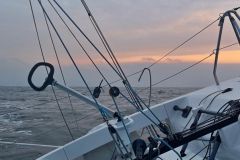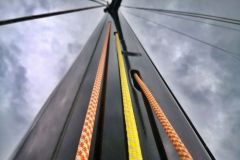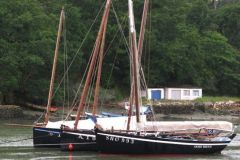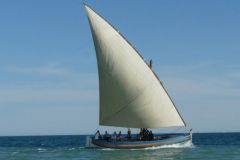On a sailboat, a distinction is made between running rigging and standing rigging.
A dormant maneuver has both ends fixed at each end. A running manoeuvre has a free end that can be acted upon.
To differentiate the frame from the current, remember that the current is mobile (it runs).
Thus the standing rigging is made up of all the cables and ropes that hold the mast and are not acted upon during navigation.
Here you will find all the shrouds (forestay, forestay or lower forestay, backstay, cap shrouds, inter...)
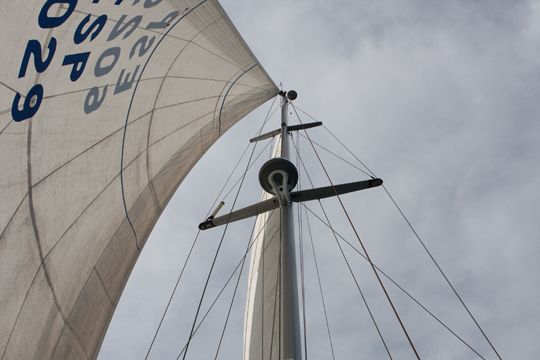
The running rigging is made up of all the mobile ropes used to trim the sails. Formerly made of cable, they are now made of textile on modern sailboats.
In the routine manoeuvres, we find: halyards, arms, sheets, mooring ropes, topping lift, downhaul..
Common manoeuvres on a sailboat refer to the set of ropes of varying lengths used to trim the sails.







